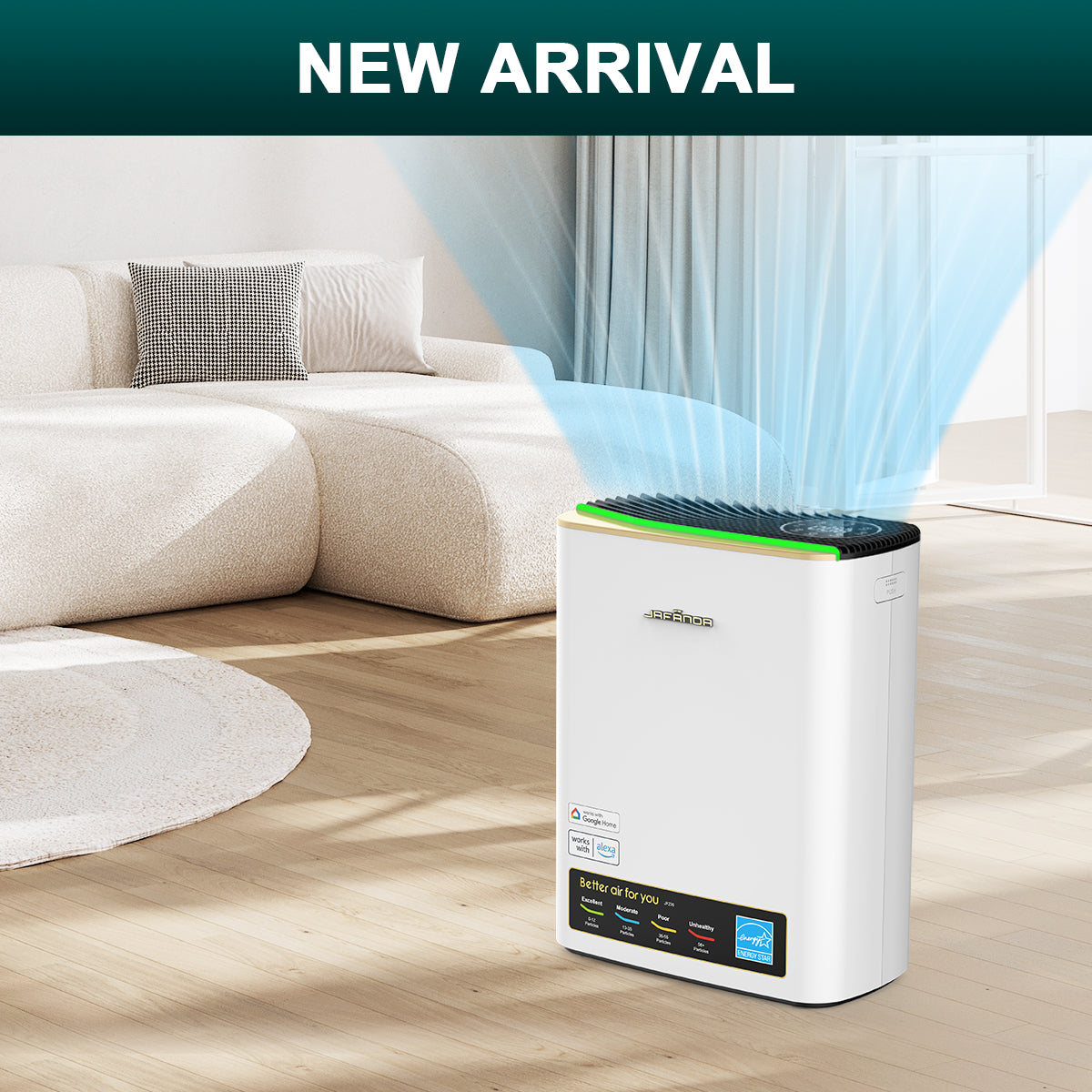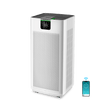Introduction

Children are especially susceptible to allergies, and creating a safe indoor environment is crucial for their well-being. This article provides valuable insights on controlling indoor allergens and implementing avoidance strategies to protect children from allergy triggers.
Indoor Allergen Control Measures
Regular Cleaning and Dusting: Regularly clean bedding, carpets, furniture, and surfaces using HEPA-filtered vacuums to effectively remove dust mites, dust, and other allergens.
Humidity Management: Maintain indoor humidity levels between 40-50% using humidifiers or dehumidifiers to prevent mold and allergen growth.
Air Purification: Employ air purifiers with HEPA filters and activated carbon filters to capture dust, pollen, pet dander, VOCs, SVOCs, and odors, promoting cleaner indoor air.
Allergen Avoidance Strategies
Food Allergy Awareness: For children with food allergies, meticulously read food labels and avoid known allergens during food preparation and purchases.
Pet Allergy Management: If pets are present, consider hypoallergenic breeds. Regularly bathe pets, maintain cleanliness, and limit close contact with children who have pet allergies.
Pollen Allergy Reduction: During high pollen seasons, limit outdoor activities, especially during mornings and evenings. Change clothes and shower upon returning indoors to minimize pollen brought inside.
Conclusion
By implementing these control and avoidance measures, we can significantly reduce children's exposure to allergens and create a healthier indoor environment. Remember to consult with healthcare professionals to develop personalized allergy prevention and management plans tailored to your child's specific needs.











Leave a comment
All comments are moderated before being published.
This site is protected by hCaptcha and the hCaptcha Privacy Policy and Terms of Service apply.